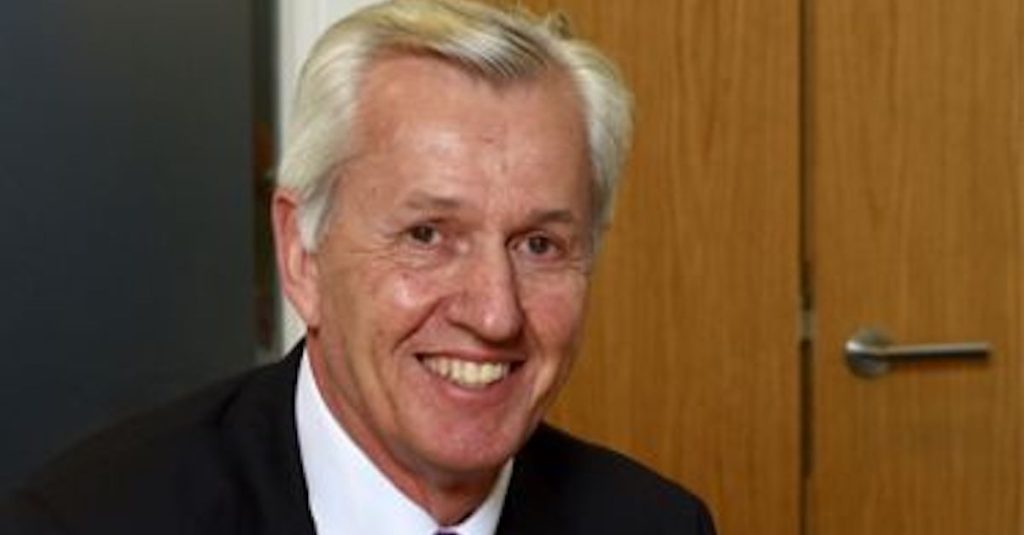The recovery of the UK’s inbound tourism is facing setbacks with slower growth than anticipated.
- VisitBritain has revised its inbound tourism forecast, indicating a £32.5 billion spend by international visitors in 2024.
- Despite an expected increase to 38.7 million visitors, numbers remain below pre-pandemic levels.
- Domestic tourism shows a promising trend, with more Brits opting for UK holidays over international travel.
- VisitBritain’s campaigns are focusing on high-growth markets, aiming to boost spending.
The recovery trajectory of the UK’s inbound tourism market has hit a slow patch, as highlighted by VisitBritain’s revised forecast. The tourism body now anticipates a total of £32.5 billion in spending by international visitors for the year 2024. This figure, although a 5% increase compared to 2023 and a 14% rise from 2019, represents a downturn from previous predictions.
Projected figures show 38.7 million visits to the UK, which marks a modest 2% growth from the 38 million visitors in 2023. Despite this increase, the numbers are still 5% short of the 2019 benchmark. The downgrade stems from a lower-than-expected visitor turnout in late 2023, which seems to continue into the early months of 2024.
VisitBritain’s data reveals a significant contribution to the domestic economy, with visitors spending an additional £1.26 billion from April 2021 to July 2023. The agency’s impact is profound, generating £15 for every pound invested. This influence is noticeable in domestic tourism trends as well, where 35% of Brits express a preference for staying within the country for holidays.
Nick de Bois, chair of the British Tourist Authority, remarked on the dual nature of growth—particularly the impressive spending increases from the US—and the challenges posed by competition from European destinations. He stressed the need for strategic collaboration between industry and government to solidify the UK’s competitive stance and stimulate local economic benefits through tourism.
In response, VisitBritain plans to intensify its international GREAT Britain campaigns, directing efforts towards lucrative markets such as the US, Australia, the Gulf Cooperation Council countries, and key European nations. This move is critical as businesses face rising costs and staffing challenges, underscoring the necessity for a resilient and sustainable tourism sector.
The path to a robust recovery in UK tourism hinges on strategic partnerships and targeted campaigns in key growth markets.

